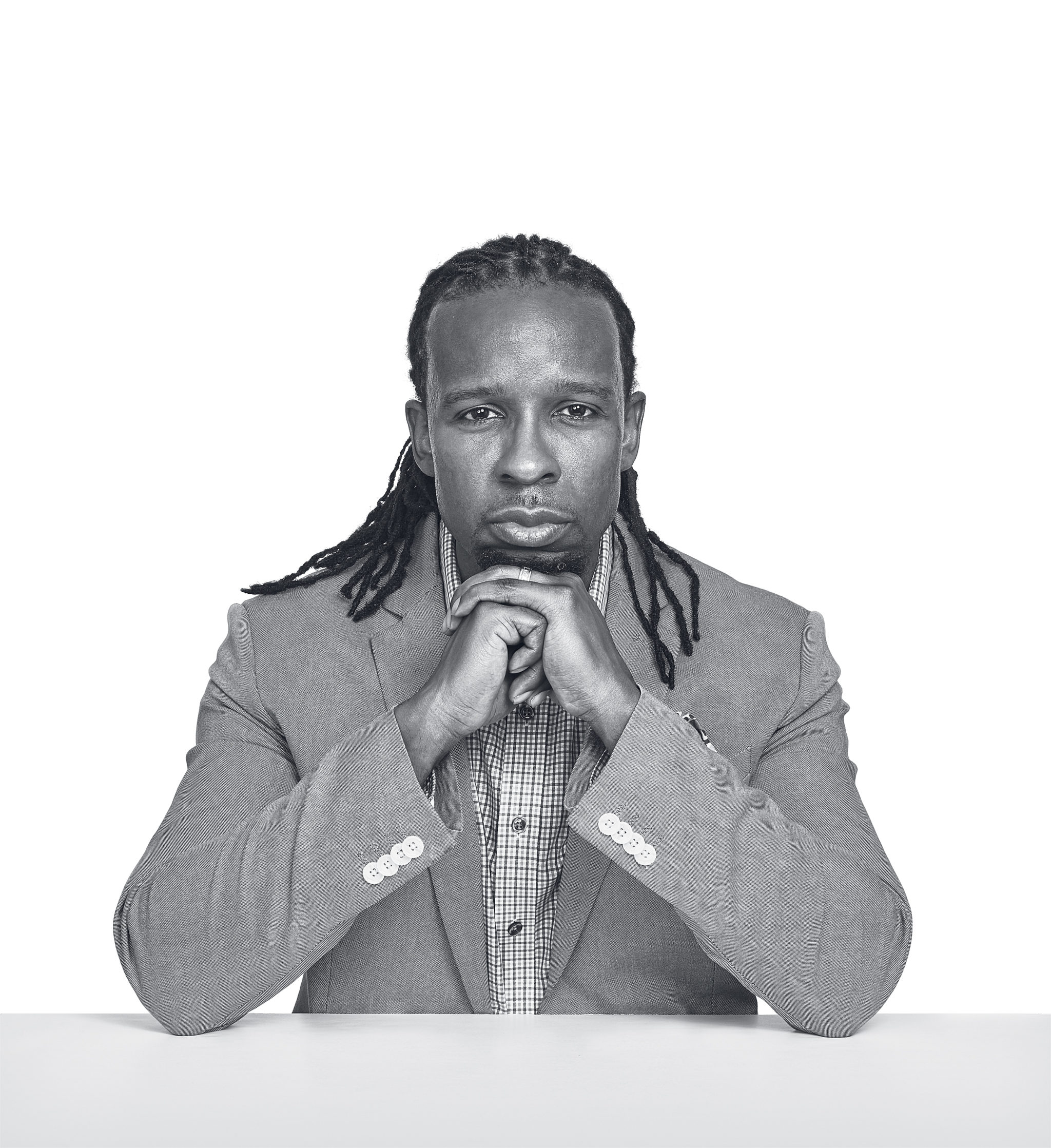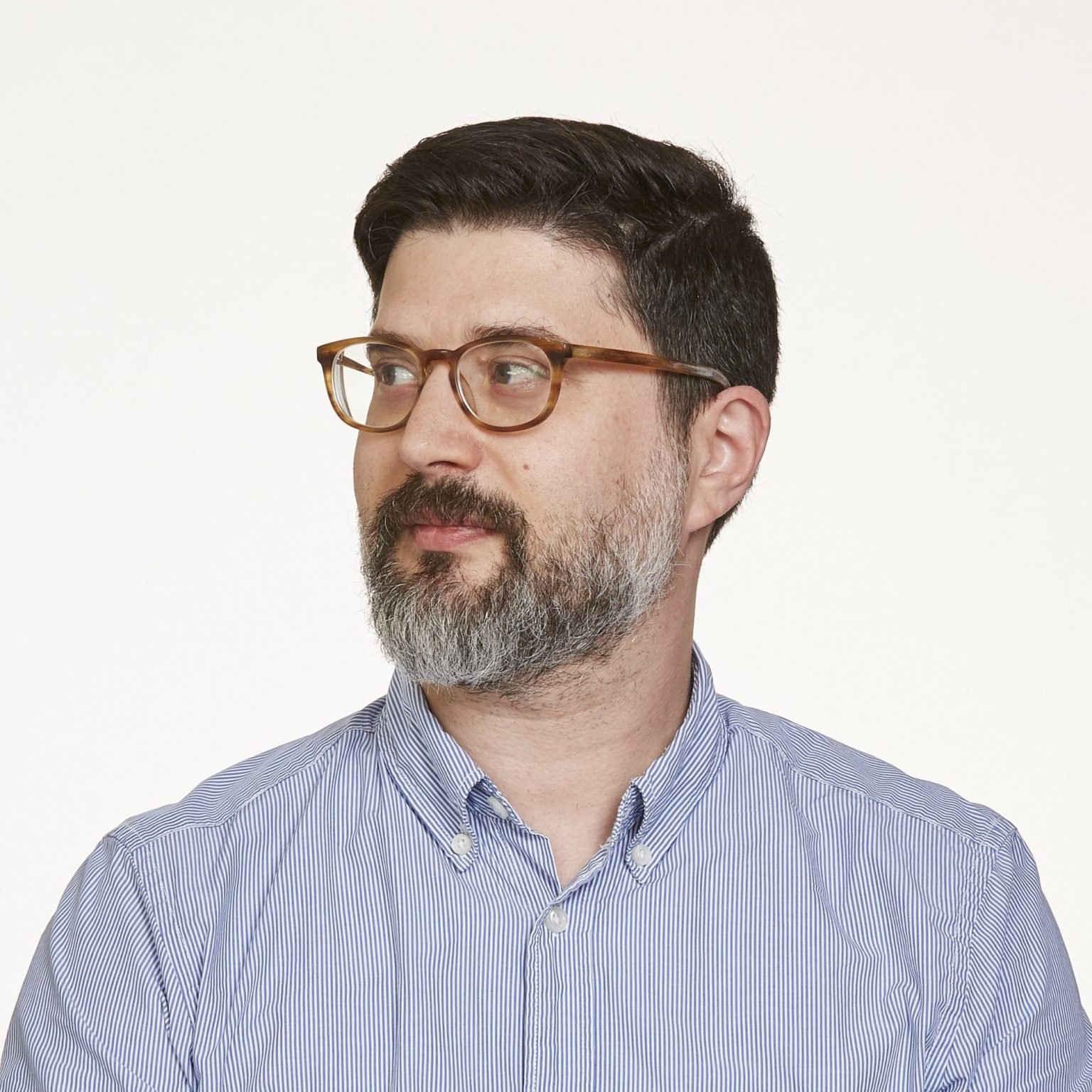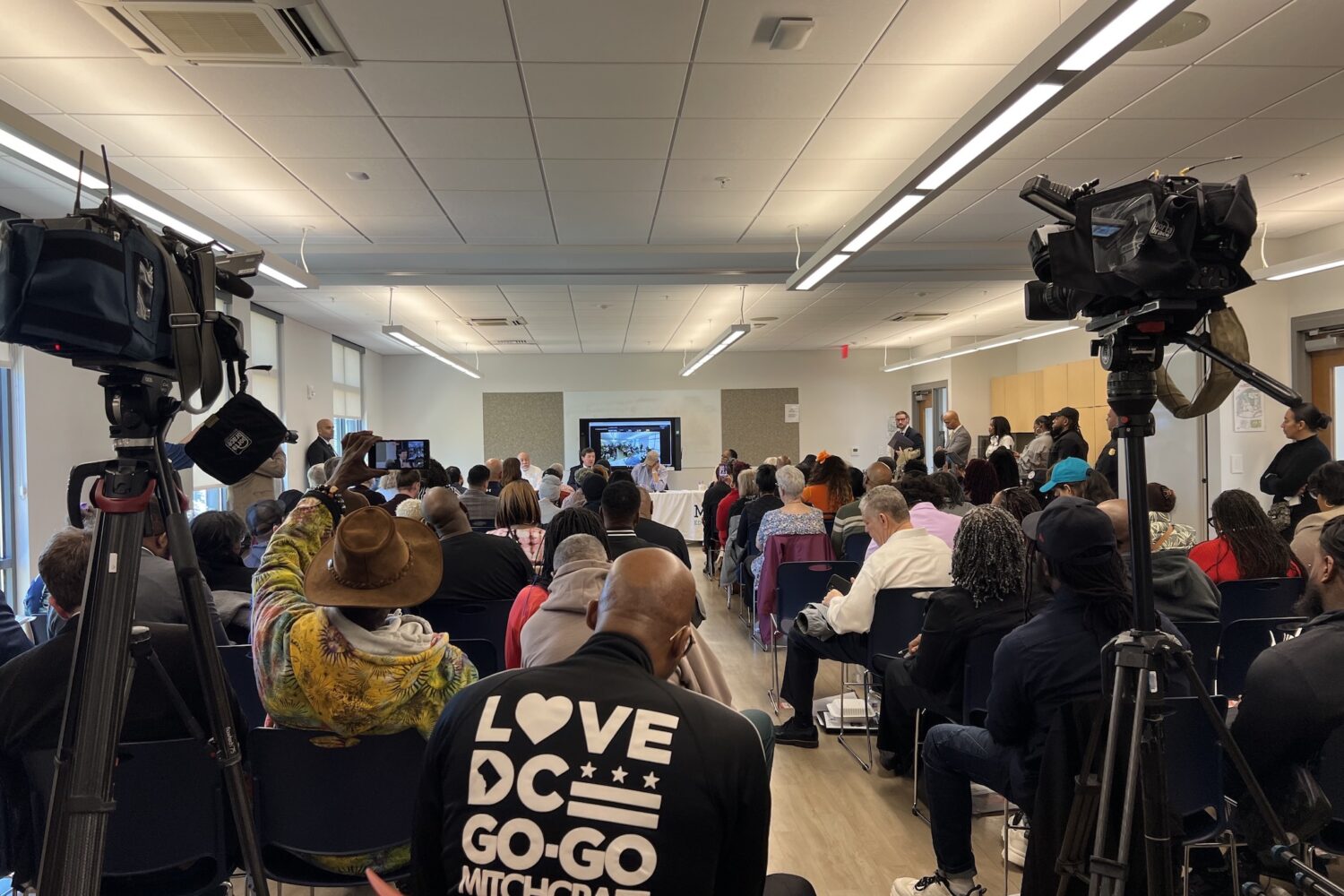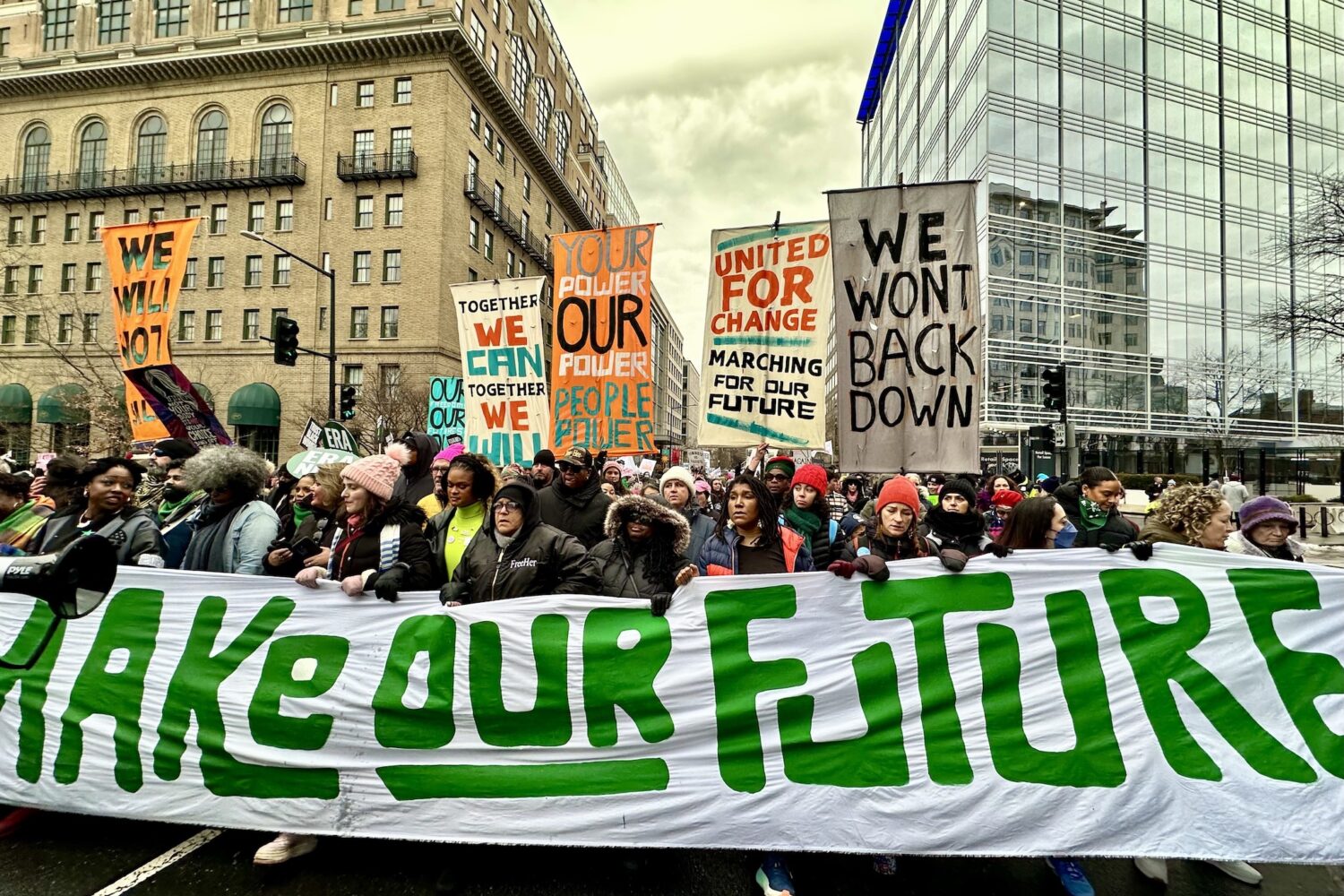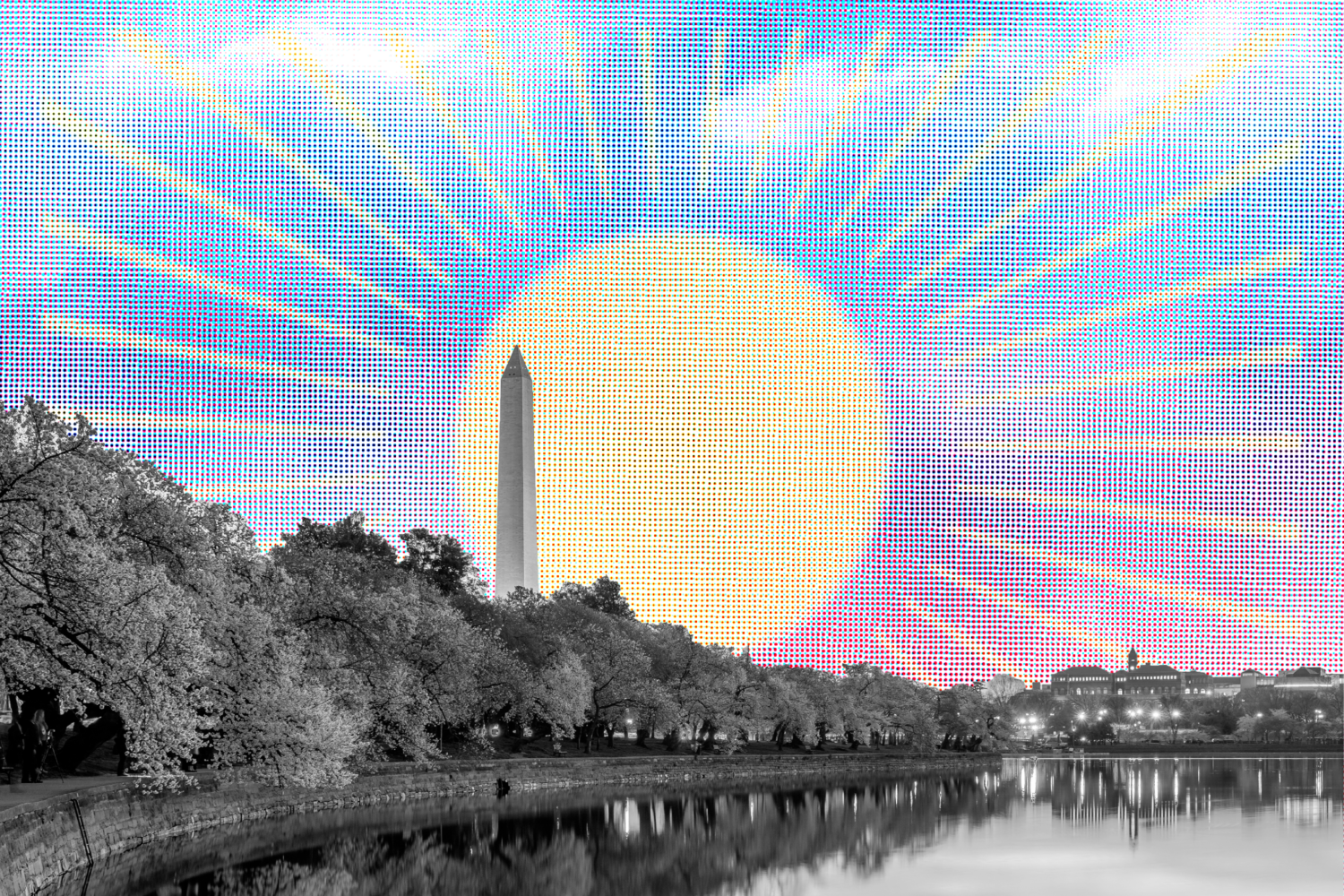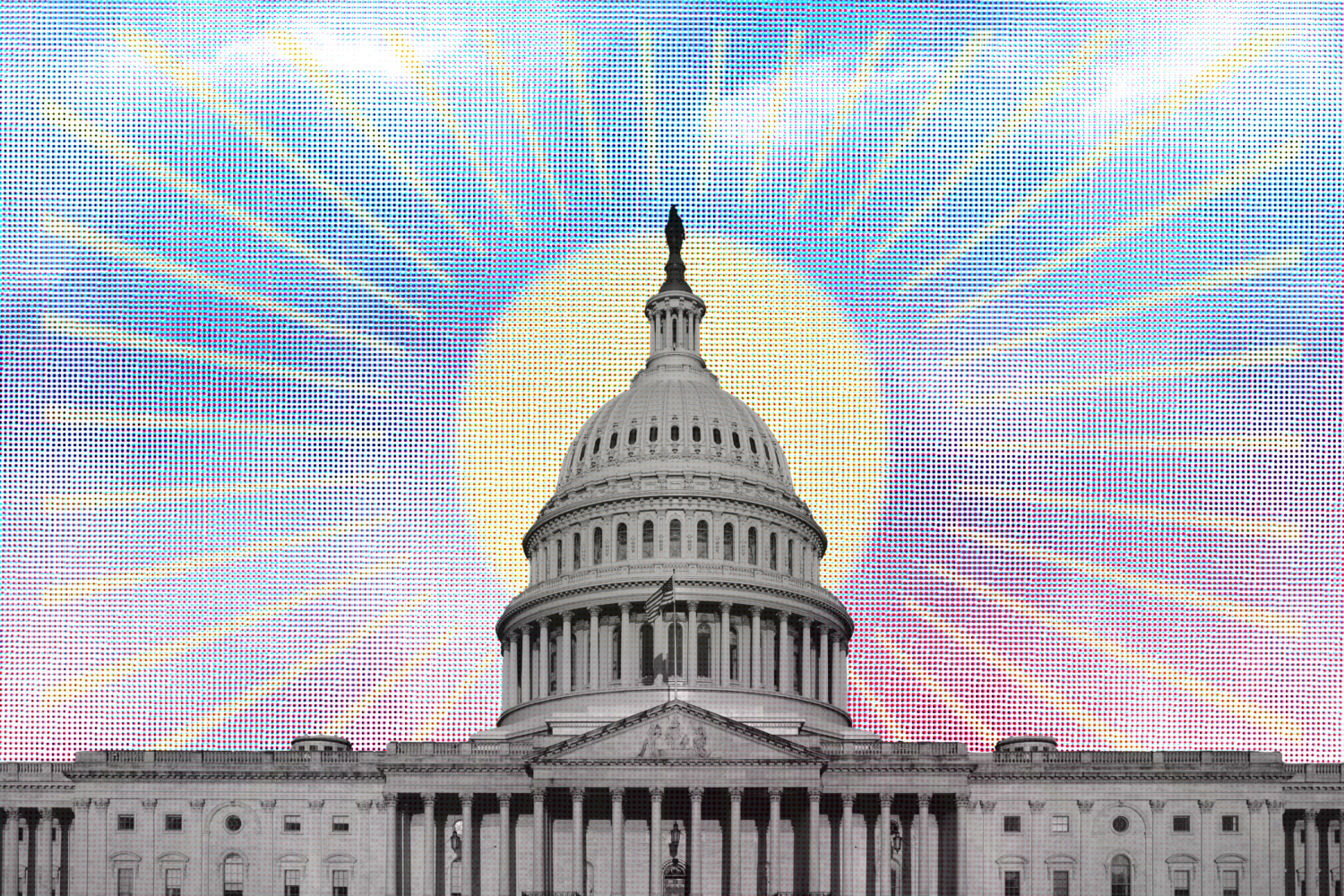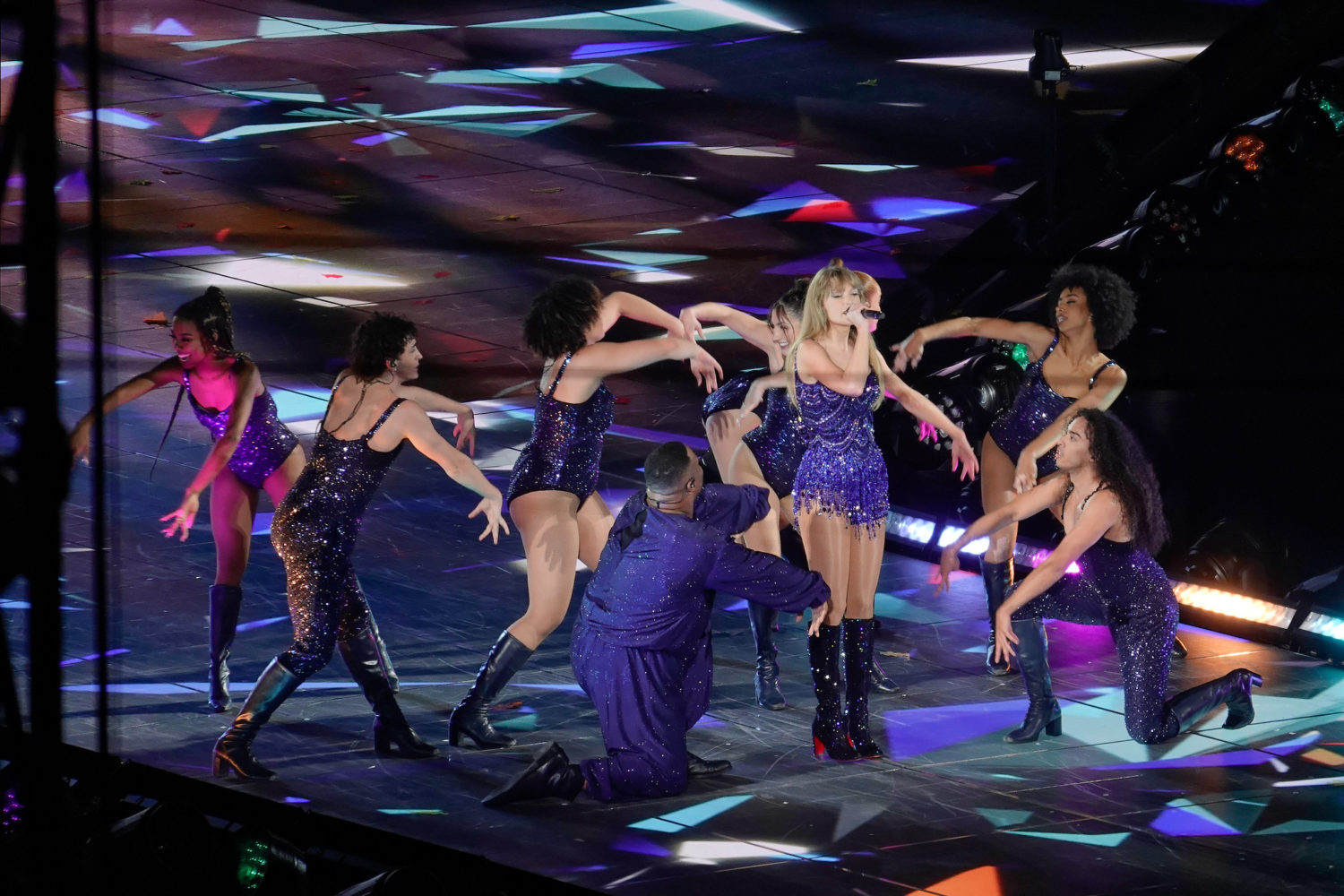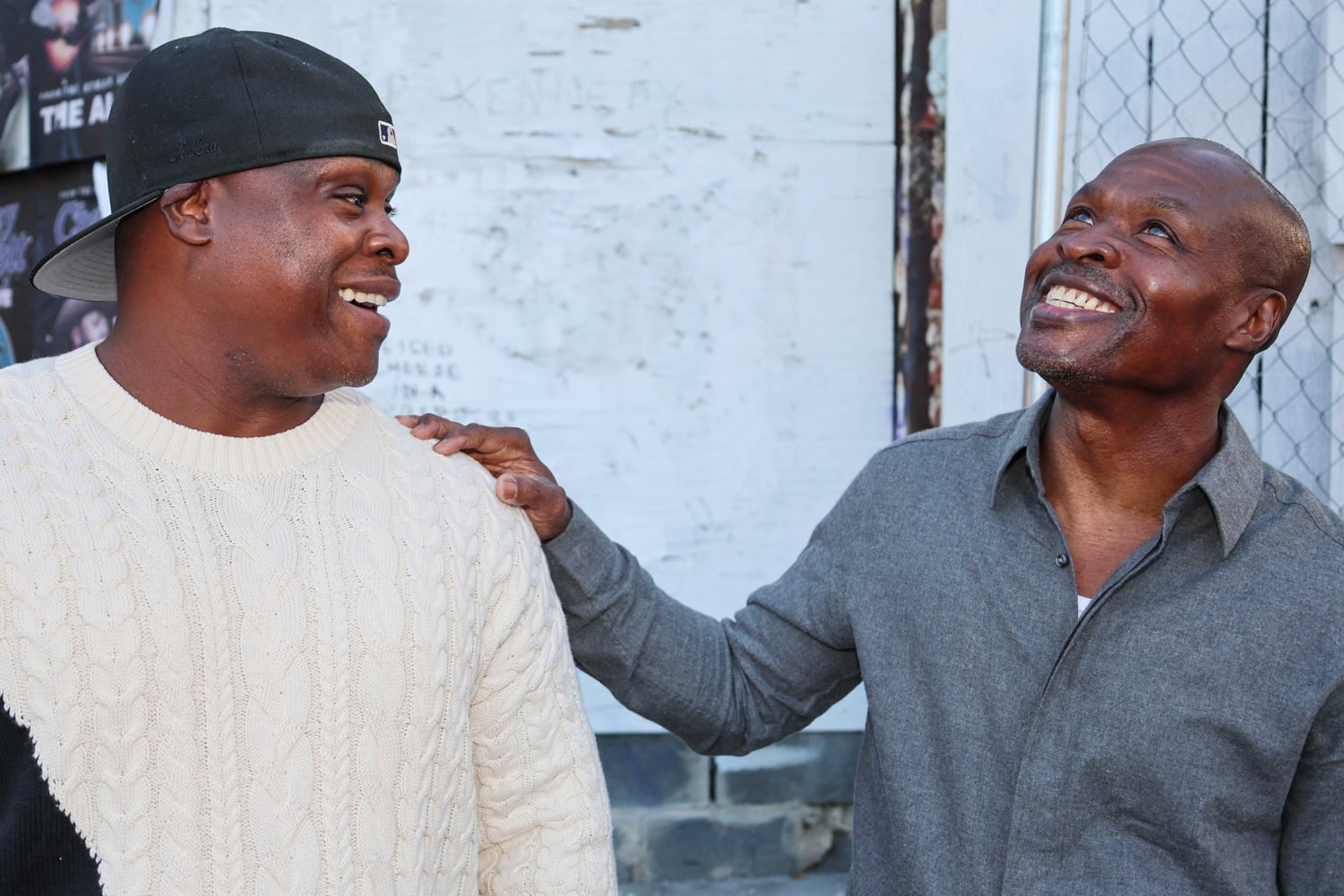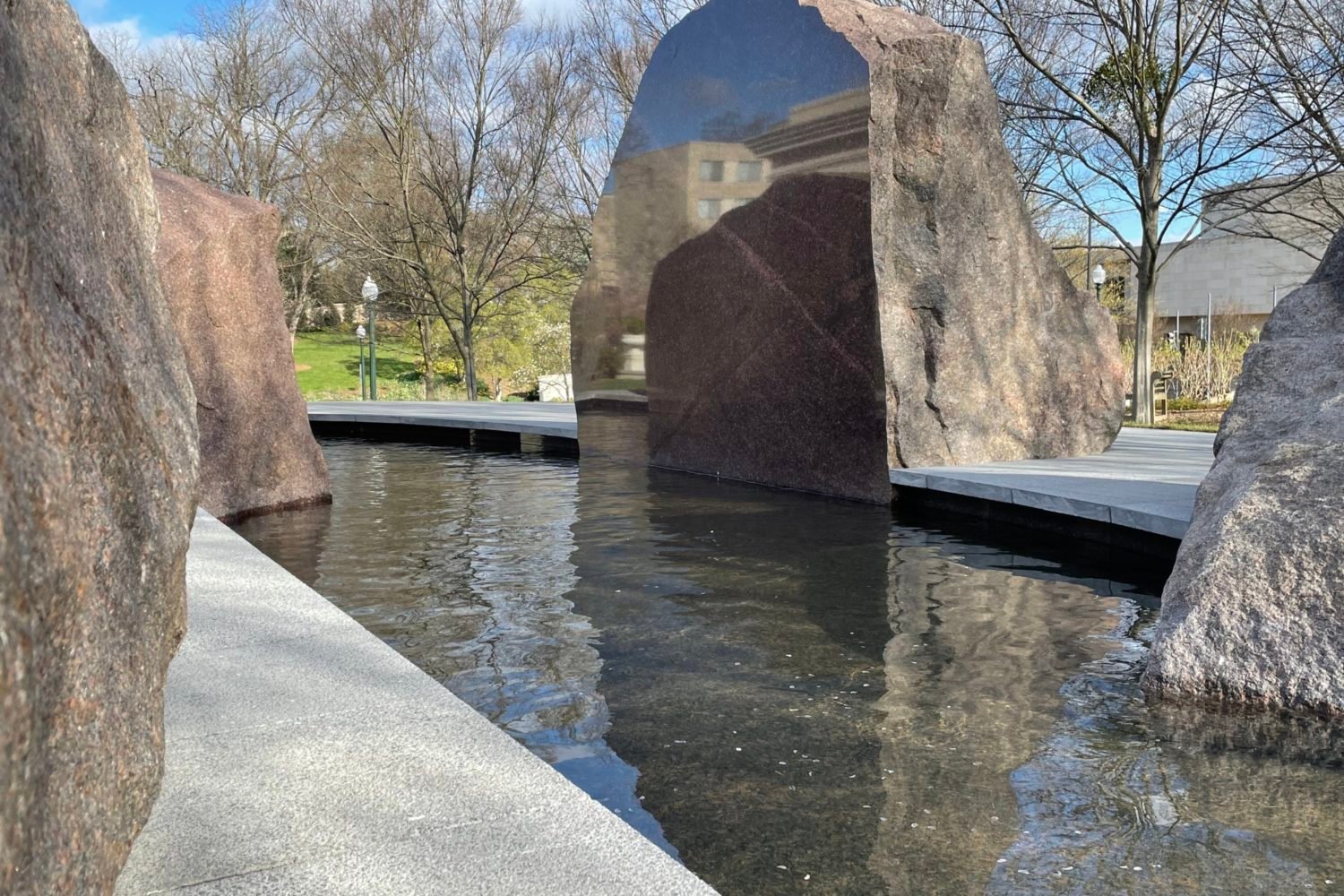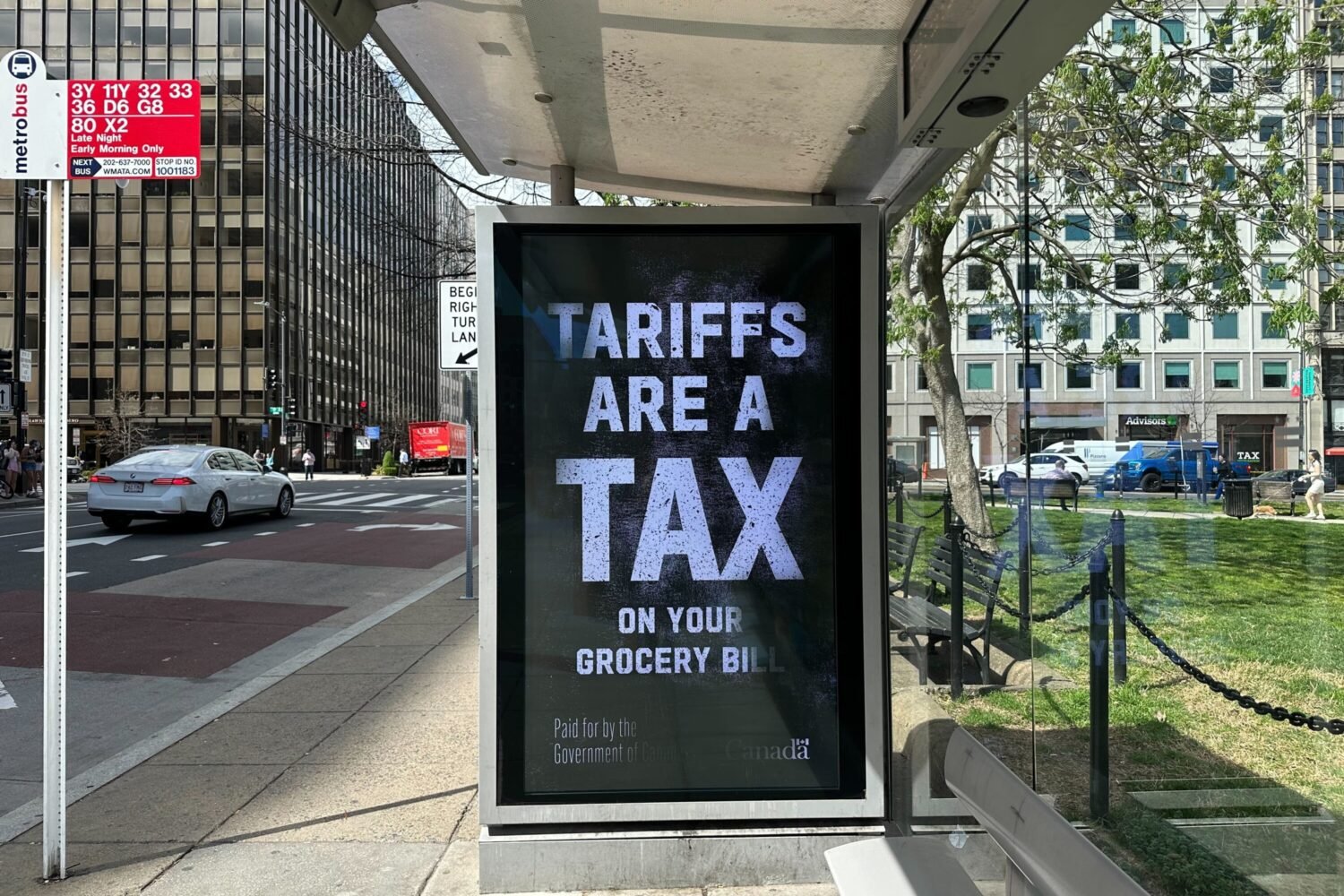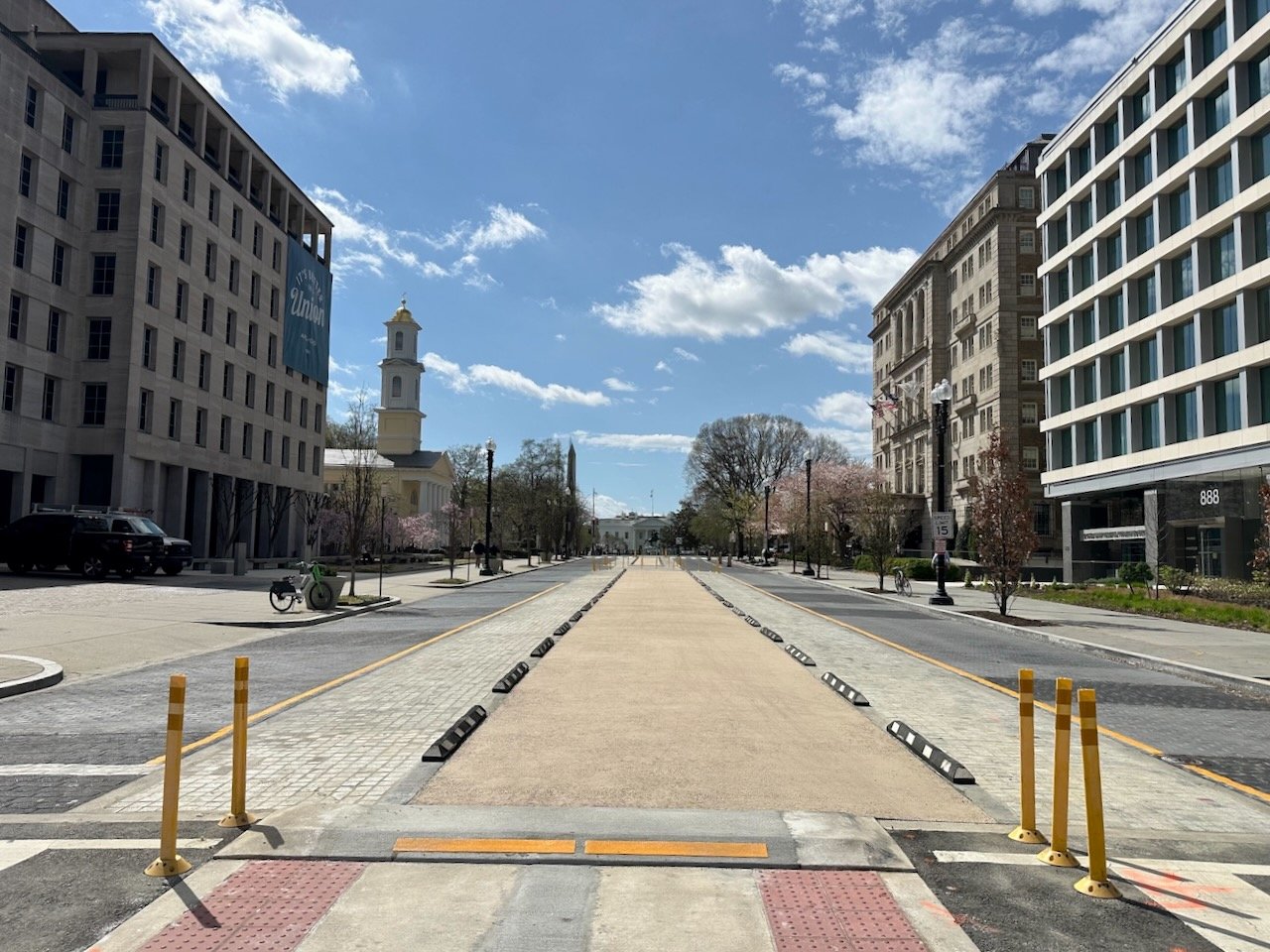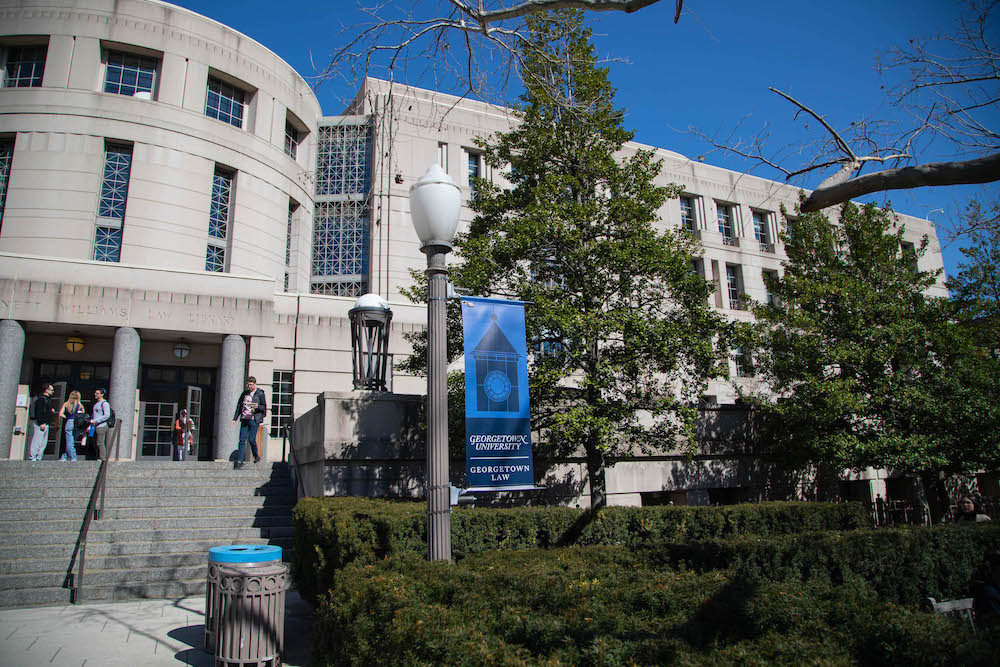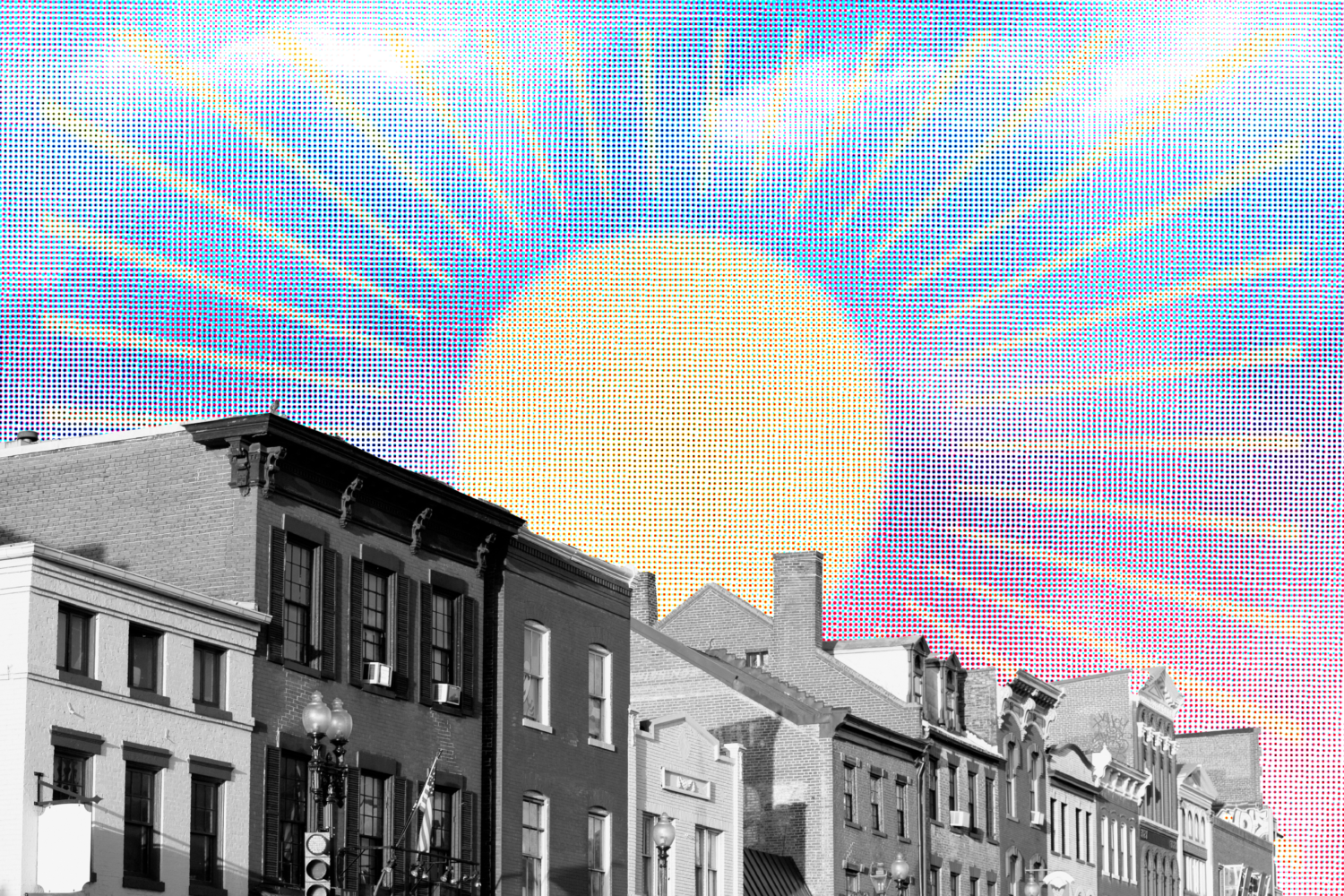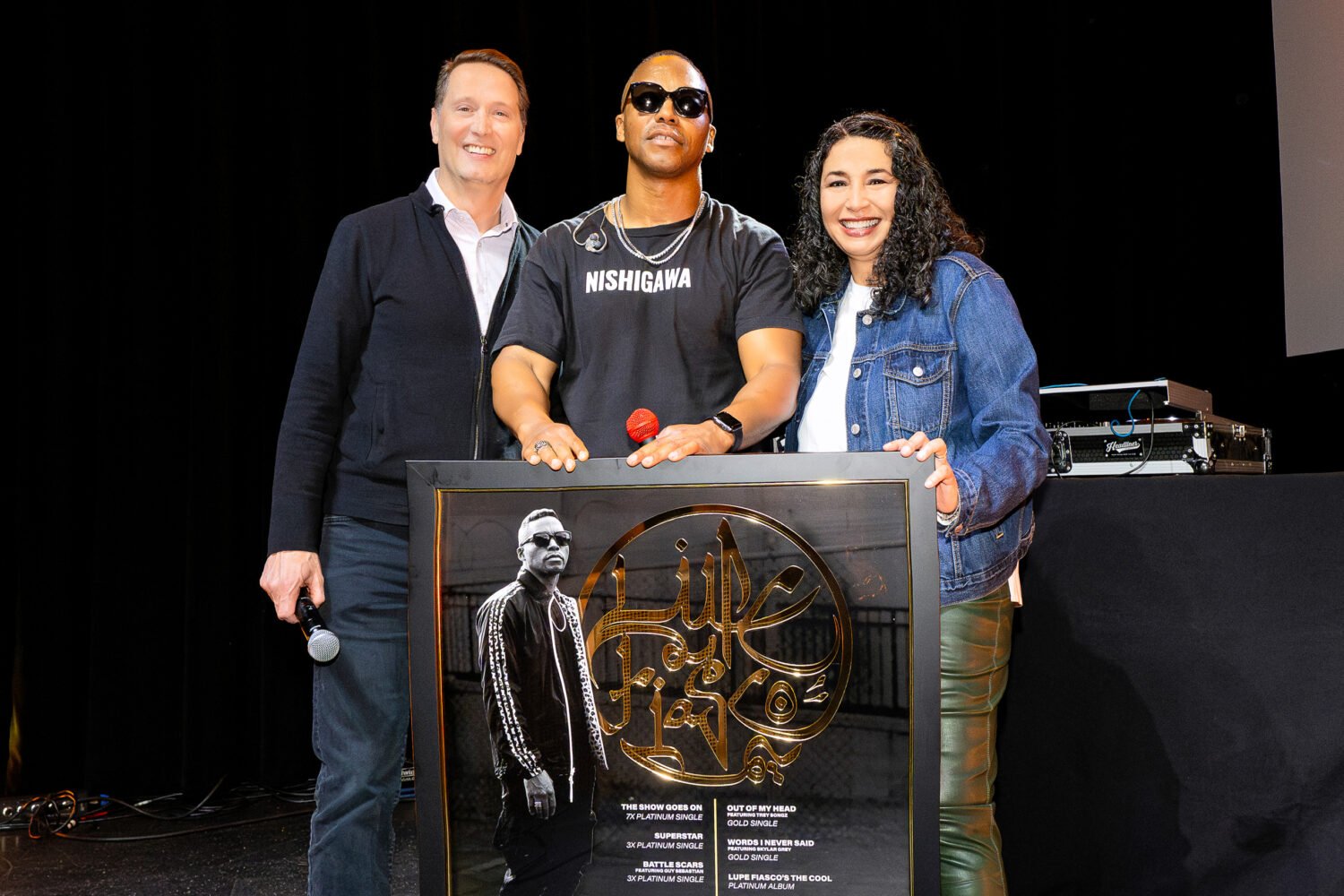An indifferent student when he went to high school in Manassas, Ibram X. Kendi is today a renowned academic who founded American University’s Antiracist Research & Policy Center. How did he turn himself from an unmotivated kid into a public intellectual who’s redefining the way we think about race in America?
The answer can be found in his recent bestseller, How to Be an Antiracist. Part memoir, part argument, the book lays out a new framework for looking at racism—and reveals, in a remarkably personal way, the author’s own struggles with ideas that he now considers racist.
We met up with the soft-spoken professor in his unadorned office at AU. The conversation was as candid and eye-opening as his book.
Discussions about race and racism can be difficult—people don’t want to say the wrong thing. I’m a little nervous myself about having this conversation.
One reason these discussions are hard is because people believe that a racist is a bad person, that it’s a fixed category, so therefore they don’t want to be called that. People conceive of the term “racist” as an attack and also feel ashamed if they are indeed saying or doing something that’s racist. Having conversations about racism is deeply personal to people, so we have to recognize that. But at the same time, I don’t know of a way in which we can have a discussion about anything that is problematic about a person that’s going to be easy.
One of the hallmarks of white privilege is that white people feel they don’t have to have those difficult conversations—it’s somebody else’s problem. Is that starting to change?
I can’t necessarily ascertain whether white people are more likely to value and have those conversations, but I do know there is a sizable number having those conversations right now. Part of it is because they are looking out at American politics and at America’s racial polarization, and in many ways they can’t deny that some of the policies and forces and people in positions of power are there because of racism. I think that’s become inescapable for people.
Your book defines racism as ideas and policies that promote inequality. Many people consider the opposite of racism to be a lack of racism—either you’re racist or you’re not racist. You say the opposite is antiracism: actively opposing those ideas and policies. Why is that a more useful way of thinking about all of this?
First and foremost, many people hold both racist and antiracist ideas and support both racist and antiracist policies. How can you identify them as racist or antiracist in general? It’s conceptually impossible. But what we can do is, when they’re saying a racist idea, they’re being racist. When they’re saying an antiracist idea, they’re being antiracist.
In both cases, that means that “racist” and “antiracist” are descriptive terms. They describe what a person is saying or doing in a moment. People change from moment to moment. That’s more accurate, and it’s more reflective of the complexity of people as it relates to race and the complexity of humans in general. We live with contradictions.
How does the more traditional, Confederate-flag-waving sort of racist fit into that formulation?
I talk about two kinds of racists: segregationists and assimilationists. Segregationists have historically stated that black people are genetically or biologically—thereby permanently—inferior. All that can be done is to segregate them, deport them, enslave them, lynch them, or move away from them.
But there’s another kind of racist. The assimilationists would say that we’re all created equal but that, let’s say, black people are culturally or behaviorally inferior as the result of their environment, whether that environment is their culture, their oppression, poverty, or slavery. An assimilationist would essentially say: It’s our job to civilize them and develop them, and we are actually progressive because we view these people as having the capacity to be civilized. Antiracists would say: No, you’re racist, too, because you think black people are inferior, just for a different set of reasons.
How did you arrive at that idea of racism versus antiracism?
Studying the history of racism, I found that when charged with being racist, people have typically stated, effectively, “I’m not racist.” Fundamental to racism has always been denial: denying that one is racist, that ideas are racist, that policies are racist. The sound of that denial has always been :“not racist.” So clearly, to me, the term “not racist” could not truly be the opposite of “racist.”
Because racism does exist, so it can’t be that nobody is racist.
And if the racists themselves have been calling themselves “not racist,” then we probably should not use that term to describe people who are truly challenging racism. Then I came across a quote from Angela Davis: “It’s not enough to be not racist. We must be antiracist.” I’d been looking for a way to frame the opposite of racist, and I found it through Angela Davis’s formulation.
You’re pretty hard on yourself in the book, describing your own views early on as racist. Why was that important to talk about?
The heartbeat of racism is denial, and the heartbeat of antiracism is confession—reflecting on our own lives and confessing the racist ideas we’ve said, in an effort to strive to be different, to be antiracist. I thought it was absolutely critical for me to not just say that the heartbeat of antiracism is confessional but to show it.
Were you anxious about revealing yourself to that extent?
Yeah, it was difficult. I was very nervous about the book coming out because many of the most shameful moments of my life were in the book. But at the same time, people who are concerned about racial justice, sometimes we think too much about our own feelings and our own discomfort, especially those of us in positions of privilege, as I am as a university professor. My discomfort in writing the book pales in comparison to the discomfort of the millions of people suffering under the foot of racism.
When you’re talking to people about any issue that they’re struggling with, they’ll be much more open to reflecting on themselves if you approach them by saying, “Well, I’ve struggled with this, too.” The strategy of talking down to people has not worked. If anything, it’s led to more polarization in this country.
I was very nervous about the book because many of my life’s most shameful moments were in it.
I assume you’ve gotten pushback, as anyone who writes a book will. What form has that taken?
Of course people have pushed back against the elimination of the concept of “not racist.” That’s mainly come from white Americans who imagine themselves as not racist.
People who say things like “I don’t see color.”
Precisely. And they know that by eliminating that term, they’d essentially fall into the racist category, and obviously they don’t want to fall into that racist category. Then you have people of color who believe that people of color can’t be racist, so they’ve pushed back against my challenge of that idea.
I thought it was interesting that you don’t like the term “micro-aggression,” preferring to just call it racism. To me, it’s been a useful lens through which to examine my own ways of interacting with people. Do you think by removing that as a tool, it makes it harder for people to self-reflect?
When a person thinks of micro-aggression, they’re primarily thinking about the perpetrator: I did a minor sort of thing. But from the standpoint of the victim, if those things are happening to them 10, 20, 30 times in a day, then it operates very differently than the term actually connotes. It operates more as a form of abuse. Now, if you have, let’s say, 50 different [perpetrators], each of those people isn’t necessarily being abusive. But as a collective, they’re being abusive.
As I ask these questions, I realize how much they’re all from the point of view of a white person. It’s so hard to step out of your own experience when talking about this stuff.
I do think it’s critical for people who are white to be able to understand the way racism operates from the perspective of people of color. Obviously, it’s difficult to really think about things from the standpoint of other people, but like with anything else, that’s what allows people to be empathetic. One of the things I try to do in my book is to sort of de-center whiteness in the discussion on race.
Whereas I’ve been basically doing the opposite here.
Even people of color often center whiteness. What I mean by centering whiteness is centering white perpetrators as opposed to centering victims, or people of color. When we center the victims, we begin to see the perpetrators as white—but also some of the perpetrators as people of color. It’s critical for us to be able to see all perpetrators, and we’re better able to do that if we center the actual victims of racist policies and ideas.
You went to high school in Manassas and now have returned to the area. How does gentrification in DC fit into all of this? Are the forces that have transformed the city over the last 20 years racist in the sense you use the term in the book, of creating inequality?
Yeah, I think the gentrifying forces in DC primarily harmed black poor and working-class people. It’s driven them out of the city. Who’s benefited has primarily been white people as well as wealthier people of color. Generally, the poorer you are in this country, the less political power you have, the less of an ability to fight against developers or gentrifiers.
In the book, you write about “space racism”—the idea that, say, predominantly black neighborhoods are inferior to predominantly white neighborhoods. When people talk about DC’s “bad old days,” is there a sort of “time racism” at play? In the same way people look down on black spaces, are they looking down on the period when DC was majority-black?
If people are essentially creating a scenario in which the blacker it was, the more dangerous and violent it was, and the whiter it’s becoming, the safer and better it is, then certainly that’s a function of space racism.
AU has been in the news in the last couple of years for several racist incidents on campus, one of which was seemingly directed at you, or at least the opening of the center. How has it felt to be in the middle of all of that?
I mean, we live in the United States, and this nation is deeply racist. There are many people who want to display their racism. There are many people who want to send signals that they don’t like that we’re building an Antiracist Research & Policy Center. And I expect that. Because historically, when we’ve made antiracist progress, there’s been a reaction to it. It’s deeply hurt our students and many members of our community, but for me, it’s something that I expected. If nobody is not liking what I’m doing, then probably I’m not doing anything impactful.
What kind of feedback have you gotten to the book? Are you getting emotional reactions from people?
Oh, yeah, quite a few people have contacted me privately or publicly and told me they were really moved by the book to reflect on their own ideas. There was an 83-year-old white woman who came up to me after an event. She had just read the book and said she didn’t realize the ways in which for eight decades she had been raised to be racist—it’s only now that she’s beginning to reflect on herself and change. For somebody that age to confess that and to begin the process of changing themselves, that was moving to me. And if an 83-year-old can do that, the rest of us should be able to do it, too.
This article appears in the November 2019 issue of Washingtonian.

